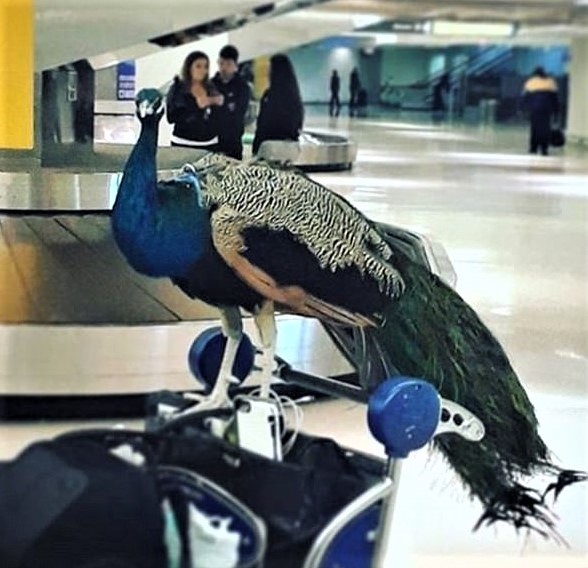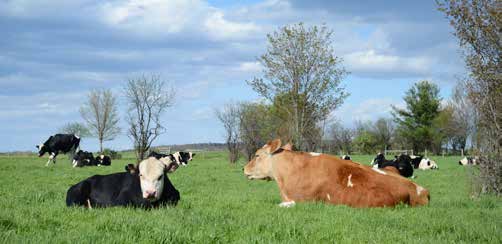Other Animals Are Not Humans’ Sacrificial Fall Guys
This article was originally posted on Sentient Media.
Using lab animals to solve human-made problems amounts to more of the same hubris that spawned the COVID-19 pandemic in the first place.
James Gorman, in a March 14th article in The New York Times, states insightfully that humans “get diseases from other animals, and then we use more animals to figure out how to stop the diseases.” Spurred by the COVID-19 pandemic, research labs around the world are scrambling to find the appropriate “animal model” for a treatment or vaccine for the virus. Right now is an especially bad time to be a mouse, as labs attempt to genetically engineer and produce mice who are susceptible to COVID-19 and, crucially, get sick from the virus in the same way that humans do.
And so it goes. Humans create a dangerous situation by treating other animals like commodities and then force some animals to shoulder an even greater burden as part of our “remedy” to the problem. Let’s be clear: the root cause of the COVID-19 pandemic is humans’ consumption of other animals—in this specific instance, bats and possibly pangolins. Humans like to say that the virus “jumped” from bats to pangolins to humans, as though our exploitation and consumption of these creatures has nothing to do with the “jump.” Humans invite the spread of pandemic viruses in by valuing only our base appetites and expressing little concern for the wellbeing of other animals.
The worst epidemics in recent history have been caused by humans capturing, marketing, killing and eating other animals.The worst epidemics in recent history have been caused by humans capturing, marketing, killing and eating other animals, not just wildlife but also domesticated animals like chickens and pigs. One of the worst viral diseases, bird flu, originated in the Chinese chicken markets in 2003 and 2013; in these markets, animals are crammed together with other species and sold “warm and wet”—i.e. alive or freshly killed—making the chickens superb reservoirs for viral mutation and reproduction. Another viral disease, the swine flu of 2009, was caused by intensive factory farming of pigs in the U.S. and Mexico. Zoonotic diseases are not new, or even rare.
Gorman highlights the possibility that once research labs have enough mice to begin initial research, they will move on to “ferrets, hamsters, and monkeys.” Some labs are already intentionally infecting rhesus macaque monkeys with COVID-19. Chimpanzees who have been abandoned by the National Institutes of Health (NIH) may be another target. Nearly four dozen chimpanzees at a biomedical primate facility in New Mexico have been turned down for transfer to sanctuaries, ostensibly because they are “too old and sick to move.” Chimpanzees at other federally-owned or -supported biomedical primate facilities also may not retire to sanctuaries. Will these individuals “sitting on the shelf” be used for medical research if humans get desperate enough? In an interview that aired on PBS in 2012, Dr. John Vandenberg of the Texas Biomedical Research Institute—a vivisection lab in San Antonio—stated, in a blunt plea to keep chimpanzees in research labs, “I think of the chimpanzees in the same way that I think of a library. There are many books in the library that will never be used this year or next year… But we don’t know which ones will be needed tomorrow, next year or the year after.”
Using other animal species to solve human-made problems amounts to just more of the same hubris and human exceptionalism that spawned the COVID-19 pandemic in the first place. Until our species learns to respect the lives and wellbeing of members of other species, plagues will continue to occur. The next pandemic may be even worse. As long as humans continue to use other animals as the “fall guys” when disasters strike, ignoring our own behaviors that directly cause these crises, we will always falsely believe that other species’ purpose is to provide a “safety net” for humans. Never taking full responsibility for the consequences of our actions may ultimately be the downfall of Homo sapiens.









